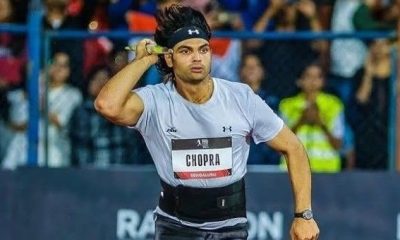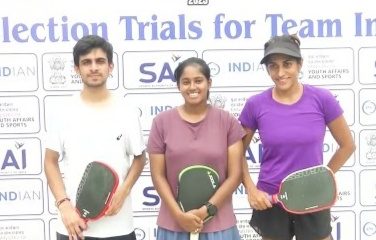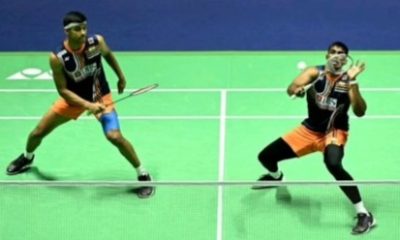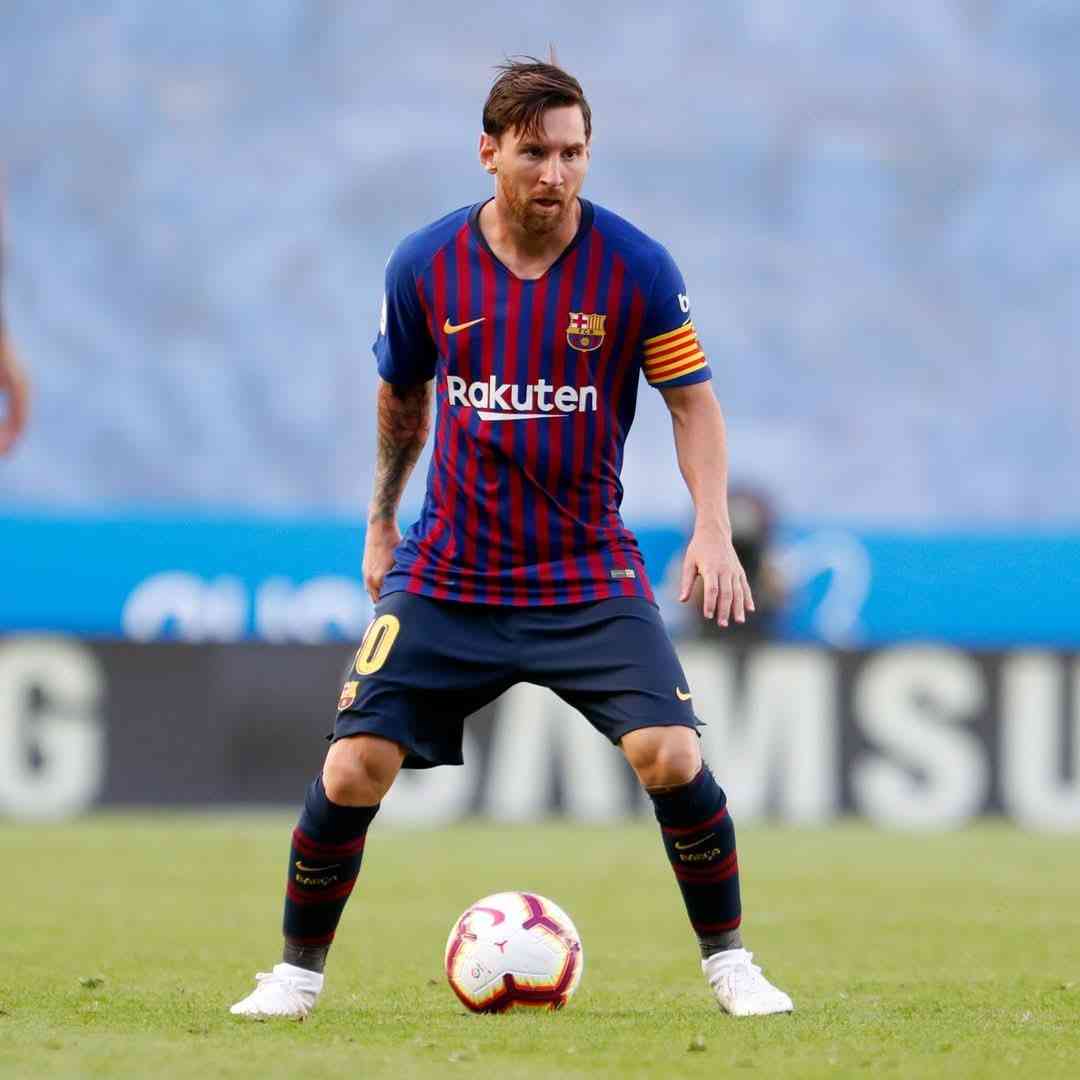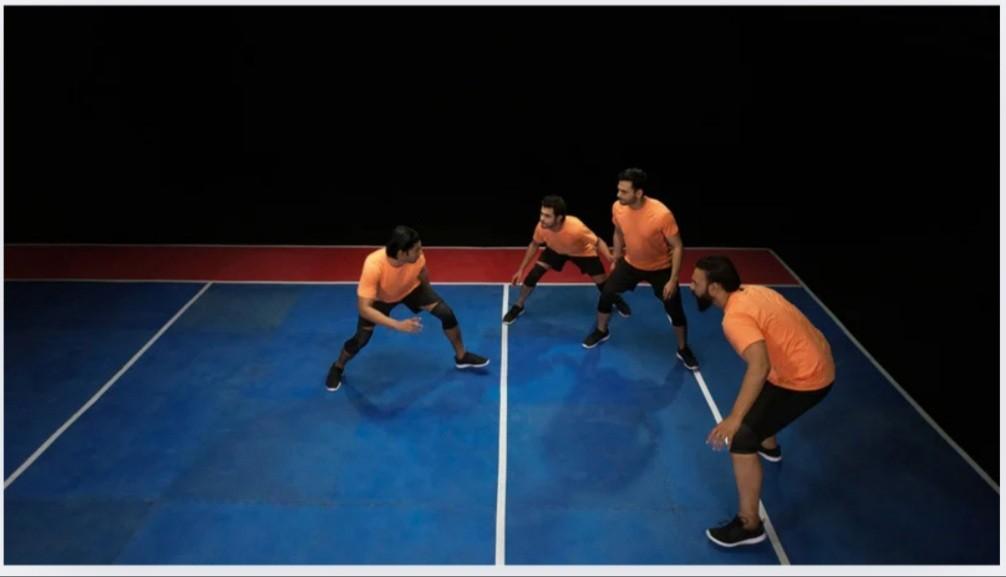
The Pro Kabaddi League Season 12 kicks off on August 29, marking a grand return to Vizag after a seven-year gap. The action will then move across Jaipur, Chennai, and Delhi, uniting kabaddi fans in a four-city tour of fierce competition.
With blockbuster player signings, well-balanced squads, and expanded broadcast access, PKL 2025 is poised to be the most thrilling season yet. Fans can catch all the action live on Star Sports or stream it digitally on JioHotstar. Get ready for high-speed raids, gripping showdowns, and intense battles as twelve teams compete for the coveted title.
ALSO READ: PUBG Mobile World Cup 2025: Full schedule, prize pool & India’s status
The tournament marks the league’s return to these iconic venues, reigniting excitement among kabaddi fans nationwide.
In the opener at Visakhapatnam’s Rajiv Gandhi Indoor Stadium on August 29, the Telugu Titans will clash with Tamil Thalaivas, followed by Bengaluru Bulls vs. PuneriPaltan in the evening match. This marks the league’s return to Vizag after seven years, with the city last hosting PKL in 2018.
Venue-wise Schedule
- Vizag (Rajiv Gandhi Indoor Stadium): August 29–September 11. This marks PKL’s return to the coastal city after a seven-year absence, last hosting the league in 2018.
- Jaipur (SawaiMansingh Indoor Stadium): From September 12, the Pink Panthers will host matches in the Indoor Hall, SMS Stadium—where PKL held its 1,000th match during Season 10.
- Chennai (SDAT Multipurpose Indoor Stadium): Begins September 29, featuring marquee clashes including Dabang Delhi vs. Haryana Steelers and UP Yoddhas vs. Gujarat Giants.
- New Delhi (Thyagaraj Indoor Stadium): From October 13, featuring triple-header days that include matches like Patna Pirates vs. Haryana Steelers and U Mumba vs. UP Yoddhas.
Addressing the season’s structure, AnupamGoswami (Business Head, Mashal Sports & PKL Commissioner) emphasised the multi-city format: “Season 12 marks an exciting new chapter in the growth of the Pro Kabaddi League… bringing top-tier kabaddi action to fans across the country… We’re particularly thrilled to return to Visakhapatnam… taking the league closer to its passionate fan base.”
Why it matters
- Vizag returns to the roster after hosting seasons 1, 3, and 6, reigniting the coastal city’s ties with PKL.
- Jaipur remains a historic stronghold for the league, having hosted the monumental 1,000th match.
- Chennai and Delhi continue as mainstay venues with state-of-the-art infrastructure and strong fan support.
With traditional powerhouses, young stars, and passionate home crowds, PKL Season 12 promises another thrilling chapter in India’s premier kabaddi league.
From ancient fields to modern stadiums, kabaddi’s journey in India is a remarkable story of tradition meeting transformation. What began as a village game is now a nationally celebrated sport with international ambition. As India continues to lead the way, kabaddi is set to become one of the country’s greatest sporting legacies.
India remains the powerhouse of kabaddi, but the sport is growing internationally. Nations like Iran, South Korea, Kenya, and Thailand are emerging as strong competitors in Asian and World Kabaddi Championships. The vision is to include kabaddi in future Olympic Games, a dream that stakeholders and fans continue to pursue.
With grassroots development programmes, increasing youth participation, and professional career paths opening up for players, kabaddi is not just surviving, it’s thriving and PKL is the best example.
Kabaddi’s origins can be traced back to ancient India, with references dating over 4,000 years. It is believed to have been played in southern parts of the country, particularly in Tamil Nadu, where it was known as “Sadugudu.” Historical references to kabaddi can also be found in Buddhist scriptures and ancient Indian epics like the Mahabharata, where themes of strategy, breath control, and wrestling-like duels are similar to the sport.
Traditionally, kabaddi was more than just a game it was a way to build strength, agility, and discipline among young men and women in rural areas. It required no equipment, just physical stamina, quick reflexes, and teamwork. The simplicity of kabaddi made it popular across India’s diverse regions, each with its own version and rules.
The sport received formal recognition in the early 20th century. The All India Kabaddi Federation was formed in 1950, and kabaddi was introduced at the national level with structured rules. It made its debut at the Asian Games in 1990, where India won the gold medal a feat it repeated for several years, reinforcing its dominance.
However, kabaddi remained a niche sport, mostly played in schools, colleges, and rural tournaments until a game-changing moment in 2014. It was in this year that looking at the marketing success and popularity of IPL in cricket, Pro Kabaddi League (PKL) was launched. The success was seen as PKL brought kabaddi to prime-time television, with professional players, celebrity owners, and state-of-the-art production. The league not only modernised the game but also gave it glamour, branding, and nationwide reach.
Players like Pardeep Narwal, Rahul Chaudhari, and Fazel Atrachali became household names, inspiring young athletes across the country. Viewership skyrocketed, with millions tuning in to watch live matches. The league also brought in digital audiences via streaming platforms, expanding kabaddi’s reach to urban youth and global fans.
Today, PKL is the second-most-watched sports league in India, after cricket’s IPL.
Several factors contribute to kabaddi’s growing popularity in modern India:
- Cultural resonance: It’s rooted in Indian soil, easily understood by people from every region.
- Affordability and accessibility: The sport requires no expensive gear, making it ideal for both rural and urban youth.
- Exciting gameplay: Fast-paced raids, defensive strategies, and close finishes make kabaddi thrilling to watch.
- Media and marketing: High-quality production, celebrity endorsements, and social media engagement have brought kabaddi to the limelight.
- Government and institutional support: Kabaddi is now included in school curriculums, university competitions, and international tournaments, boosting its legitimacy.
If you’re a kabaddi enthusiast, gear up as the action is about to unfold once again.
The sport’s meteoric rise in popularity and the remarkable improvement in the skills of Indian players serve as a powerful lesson for policymakers, sports federations, and enthusiasts alike. Kabaddi’s transformation from a village game to a prime-time spectacle shows that, with the right investment and vision, even traditionally neglected sports can thrive. It’s time to channel that same energy into nurturing grassroots talent in sports like football, hockey, and athletics where hidden champions in rural India await their moment to shine and bring glory to the nation on the global stage.

